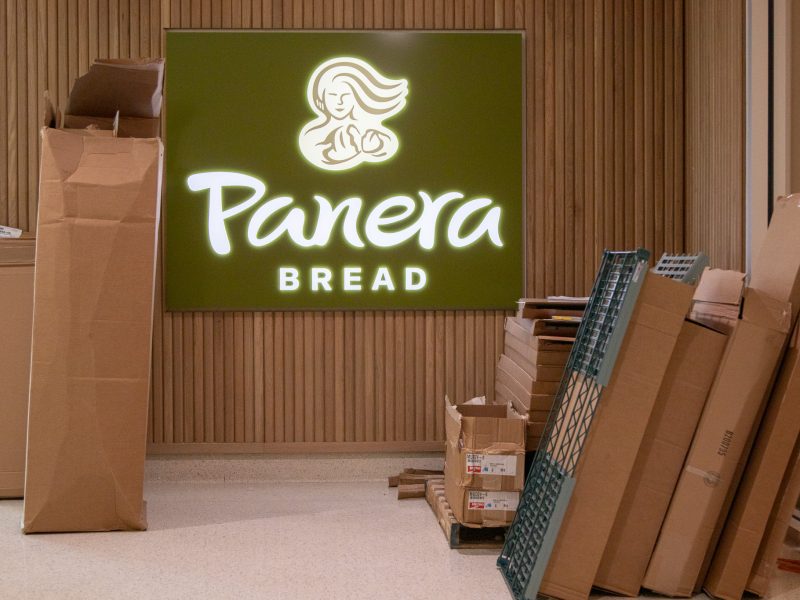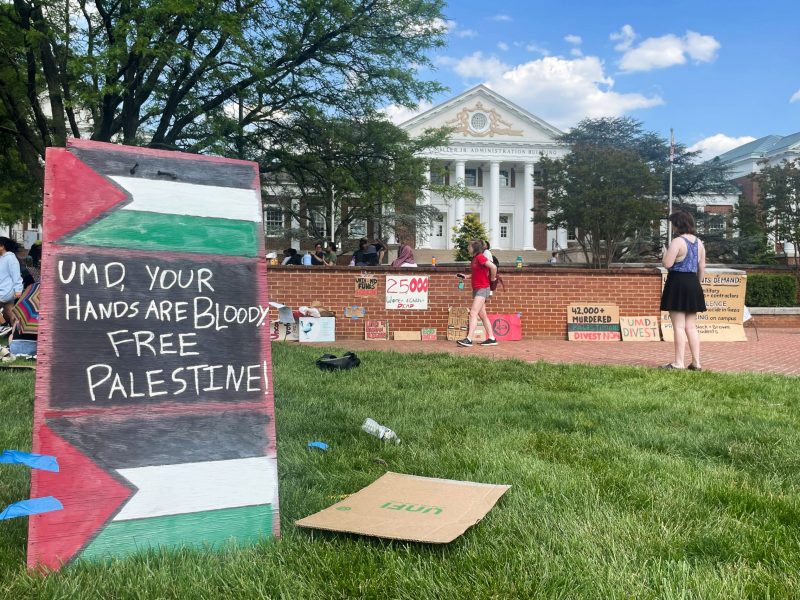By John Brundred
For The Diamondback
More than 100 students, faculty and guests came to the architecture school Wednesday night to listen to a lecture about neighborhood planning for sustainability and equity.
The lecture, called “Sustainable for Whom? Regional Planning for Neighborhoods, Jobs and Housing,” featured Karen Chapple, a city and regional planning professor at the University of California, Berkeley.
The event was the first part of Makeover Montgomery 3, a three-day conference co-organized by the University of Maryland’s National Center for Smart Growth Research and Education. The center focuses on creating solutions to problems such as growing infrastructure costs, changing housing preferences and demographic shifts.
The way society thinks about smart growth and sustainability has become far too rigid, Chapple said.
“Residential apartment complexes with commercial ground floors have been the standard, but these buildings are not examples of vibrant mixed-use building and oftentimes become single-use complexes over time,” she said.
To help make living more affordable, Chapple proposed building more missing middle-housing, multi-unit or clustered housing types — duplexes, townhouses, triplexes and courtyard apartments — compatible with single-family homes that would help meet the growing demand for walkable urban living.
“We are a diverse population with diverse housing needs, and building more middle-density housing will mean more affordable housing for all,” she said.
Affordable housing is at risk in the Washington area, Chapple said, and the majority of counties — such as Montgomery County — are losing affordable housing or are at risk for gentrification. In addition, affordable housing being built is located further away from the city, she said.
To combat issues such as gentrification and sustainability, Chapple pushed for building accessory dwelling units, which are smaller residential units typically built on the same grounds as single-family houses, such as tiny houses or basement apartments.
“Backyard cottages or [accessory dwelling units] are a great option compared to traditional infill because there is simply not enough room to continue to build single-family houses in many areas,” Chapple said.
There is no solution to the problem surrounding sustainability, said senior computer science and economics major Cameron Malagar.
“Creating more sustainable communities is done through the creation of denser housing, more affordable housing and smarter and more logical regional planning,” Malagar said.
Some members of the audience, however, said they weren’t sure Chapple’s ideas would be able to transform an area like College Park.
“Many areas that need inclusionary and affordable housing, such as Prince George’s County, have not been able to build any because developers cannot make as much money as they can in wealthy areas such as Montgomery County,” said urban planning graduate student Raynell Cooper.
Cooper argued that renting houses further away from the campus will always be cheaper than any apartment complex built for students.
“When the College Park government and the planners in Prince George’s County figure out a way to make new and affordable housing, then College Park will be a more sustainable city.” he said.


